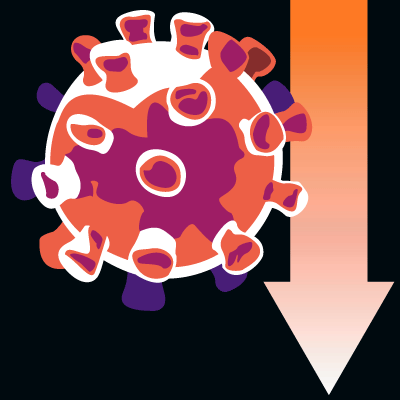I am very excited to report that AIR has completed development of global pandemic disease risk models for coronaviruses (such as those responsible for SARS and MERS) and filoviruses (including Ebola and Marburg). This will expand AIR's solutions beyond pandemic flu, which was released in 2013.
Coronaviruses and filoviruses were both identified in the mid 1960s. Outbreaks of these diseases produced thousands of cases globally, and some experts consider these viruses, along with influenza, to be strong candidates for causing future pandemics. Especially concerning would be if currently circulating strains become more transmissible than what we see today.
The West Africa Ebola outbreak, which has persisted over the past year, has caused over 20,000 cases and more than 10,000 deaths, according to the World Health Organization. While overall cases are declining, there have been several twists and turns in the past few weeks. The last known Ebola patient in Liberia was released from the hospital in early March. If no new cases are detected within 42 days after this last case, Liberia will be declared Ebola-free. In addition, the final phase of vaccine trials is beginning in Guinea. Yet, just last week, two healthcare workers, one each from the U.S. and UK, contracted Ebola while working in Sierra Leone. They were evacuated for treatment, along with more than a dozen other healthcare workers from the U.S. and UK who are being evaluated for potential exposure to their colleagues.
While Ebola is currently a hot topic, there is another insidious disease called MERS-Middle Eastern Respiratory Syndrome-that is quietly circulating. It has produced more than 1,000 cases since 2012. This disease, caused by a coronavirus, harkened back to a similar disease, SARS-Severe Acute Respiratory Syndrome-which struck in 2002-2003 and caused over USD 40 billion in economic loss, according to the World Bank.
Given the potential threat of these emerging diseases, AIR received several requests to expand coverage of our pandemic model. To do this, we used AIR's familiar catastrophe modeling framework to draw from distributions of epidemiological hazard parameters such as start location, timing, transmissibility, and containment effectiveness, and illness severity measures that vary by age. We then performed thousands of simulations in our global disease spread model to estimate illnesses and deaths for every country.
Our results show that, in the high-frequency portion of the pandemic disease exceedance probability curves, flu viruses dominate, whereas further out in the tail, the new diseases weigh more heavily. The reason is that we have containment methods to handle relatively small outbreaks of these diseases, which don't typically spread as widely as flu. However, if an outbreak were to get relatively large it would outstrip our ability to stay ahead of it, as there are very few pharmaceutical tools widely available to contain such a pandemic.
Large-scale pandemics could cause millions of deaths and cost billions or even trillions of dollars in economic and insured losses. As long as these threats exist, it is important to assess the potential risk to populations and portfolios, which is why we are pleased to announce the availability of these models.


